Tired of the same straight-edged flower beds in your garden? Wavy flower beds are the perfect solution to bring life and motion into your landscape. Their flowing, curved designs create a sense of movement and softness that can transform any yard into a picturesque retreat. Whether you’re working with a small patch or a spacious garden, incorporating curves adds interest and sophistication. Let’s explore 15 stunning wavy flower bed ideas that will inspire you to give your garden a creative twist.
1. Classic Wavy Edge with Mixed Perennials
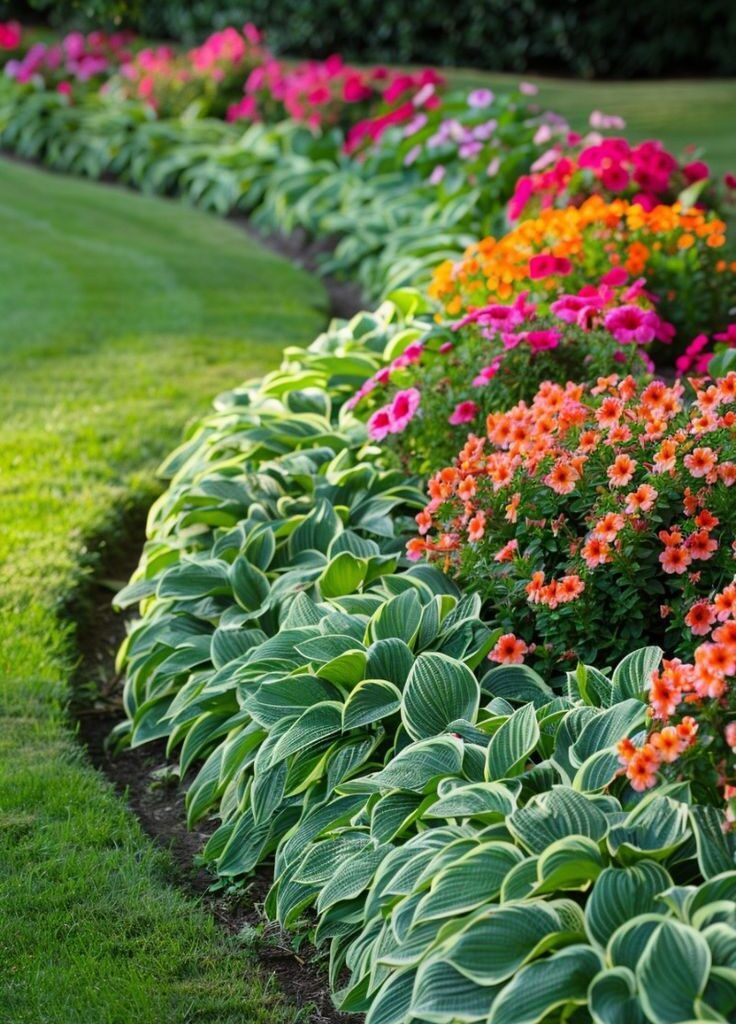
A classic wavy flower bed filled with a variety of perennials offers timeless appeal. The soft, flowing curves mimic the natural movement of the landscape and work beautifully with layered plants like coneflowers, black-eyed Susans, and lavender. This layout allows for easy maintenance and continuous blooms throughout the seasons. The combination of height, color, and texture brings a dynamic, ever-changing look to your garden, making it a focal point from spring to fall.
2. Wavy Bed Along a Garden Path
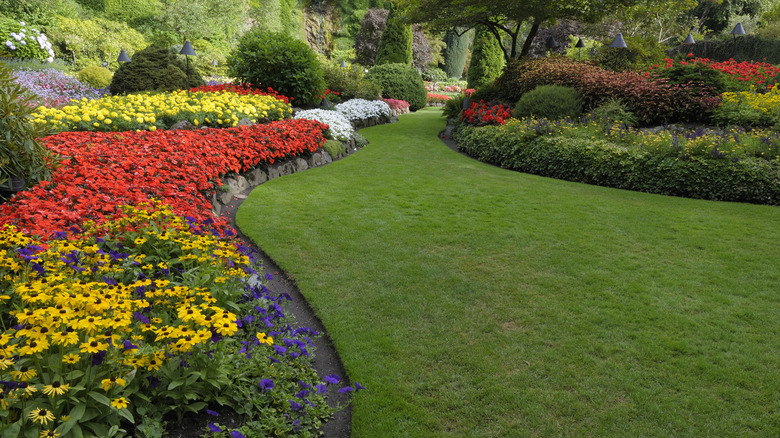
Enhance your garden walkway by edging it with a wavy flower bed. This design draws the eye and encourages exploration as the curves lead you gently along the path. Plant low-growing blooms like alyssum, dianthus, or creeping phlox closer to the edge, and gradually build height toward the back with salvia, coreopsis, or foxglove. This natural flow not only softens the hard lines of the path but also makes your garden feel more inviting and whimsical.
3. Wavy Flower Bed with Color-Themed Layers
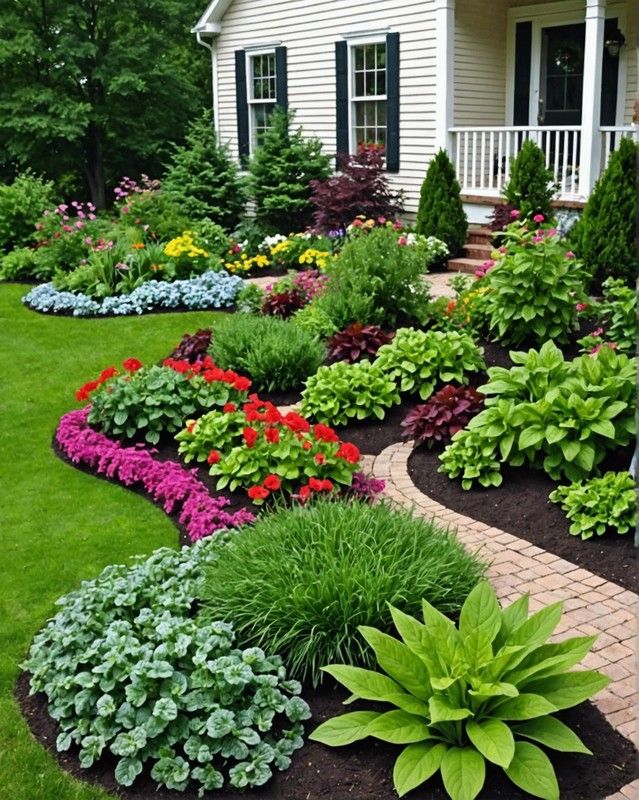
Use a wavy bed to showcase a themed color palette, such as purples and whites or oranges and reds. The gentle curves create a flowing canvas for your artistic expression. Group flowers like tulips, marigolds, and pansies based on height and hue for a visually striking display. This concept allows you to experiment with gradients and contrasts, giving your garden an artistic, cohesive look that changes beautifully with each season.
4. S-Curve Flower Bed Design
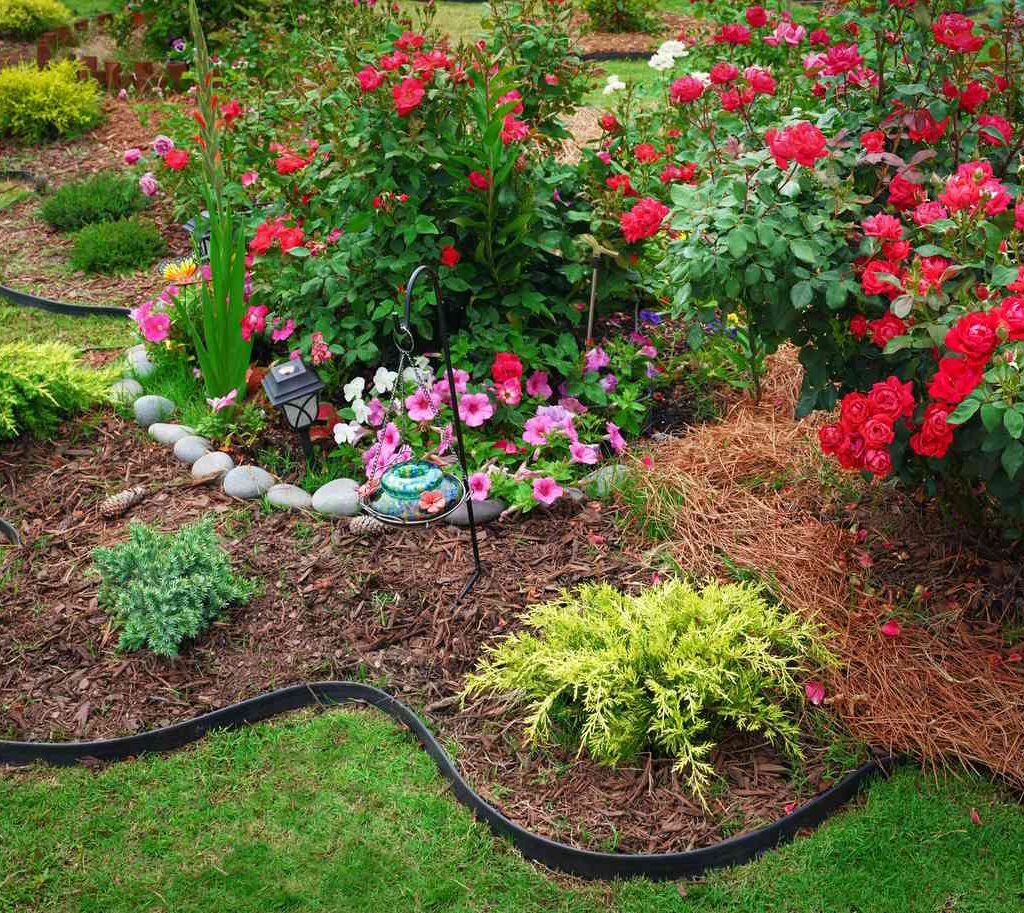
The S-curve is a dynamic design choice that brings rhythm and movement to your garden. Its serpentine shape makes even a small space feel more expansive. Use this shape to frame open areas like lawns or patios. Fill it with a mix of ornamental grasses, hostas, and flowering shrubs like hydrangeas or roses. This layout naturally guides the viewer’s gaze, creating depth and intrigue with every curve and turn.
5. Wavy Island Bed for Centerpieces

Create a stunning focal point in the center of your lawn with a wavy island bed. This freestanding feature allows for a full 360-degree view of your floral arrangement. Start with a curvy outer edge and layer inward with bold plants like canna lilies, echinacea, and coleus. Add a small tree or garden ornament in the center for height and drama. This design draws attention from all angles and makes a bold botanical statement.
6. Wavy Flower Bed with Mulched Curves

Highlight the waves of your flower bed by edging them with mulch or decorative stones. The contrast between the natural mulch and colorful blooms emphasizes the shape and keeps everything looking neat and tidy. Choose plants like zinnias, snapdragons, and verbena to fill the bed with vibrant color. This method is especially effective in minimalist gardens where form and structure are key to the overall aesthetic.
7. Tiered Wavy Bed on a Slope

If your garden includes a slope, a tiered wavy flower bed is both practical and visually stunning. By building up several levels that follow a wavy pattern, you can prevent erosion while showcasing a variety of plants. Use retaining stones or timber to define each level and plant cascading flowers like petunias, creeping jenny, or lobelia for a waterfall-like effect. This layout turns a problem area into a showstopper.
8. Wavy Bed with Decorative Border Edging

Make your wavy flower bed stand out with decorative edging. Choose materials like brick, scalloped stones, or metal borders to emphasize the curves and give the design a polished finish. This setup works great with vibrant blooms like geraniums, dahlias, or daisies. The bold outlines create a garden that looks well-organized while still feeling organic and free-flowing.
9. Zen-Inspired Curved Flower Bed
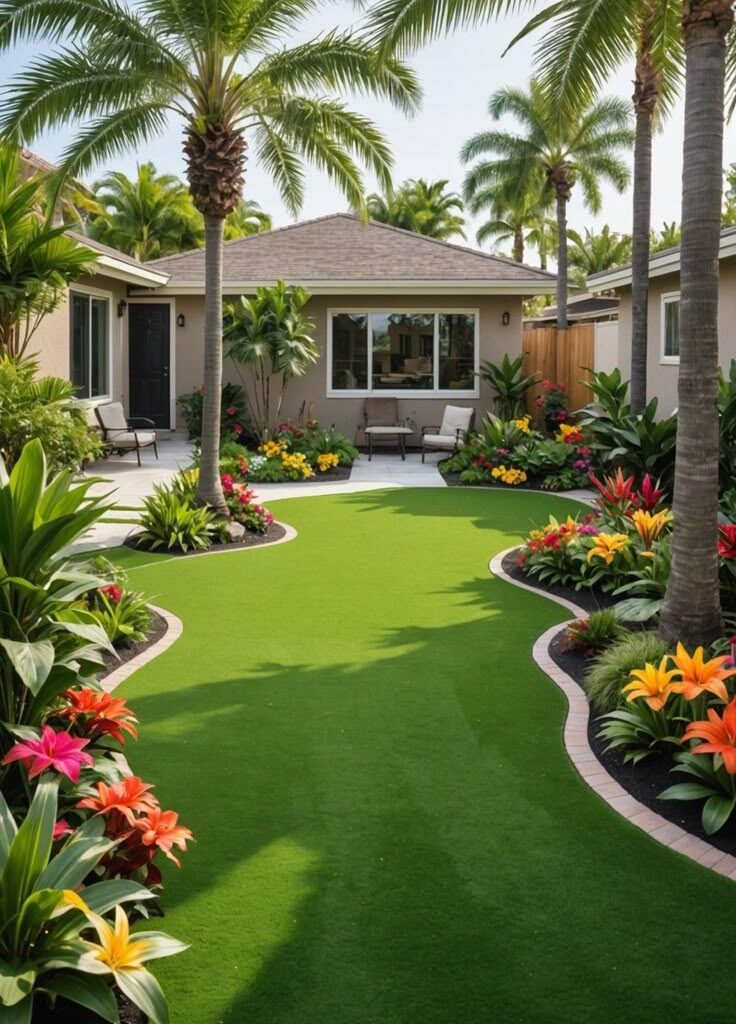
Incorporate elements of Japanese or Zen garden design with a simple, curved flower bed. Use smooth stones, bamboo, and calming plant colors such as white azaleas, ornamental grasses, or hostas. The wave-like bed lines evoke peace and mindfulness. This minimalist style is perfect for a small corner of your yard where you want to create a meditative, nature-filled retreat.
10. Cottage Garden Wavy Border

For a more romantic look, opt for a wavy cottage garden border filled with wildflowers and soft perennials. Think of hollyhocks, delphiniums, foxgloves, and daisies gently swaying along the edges. The curved border enhances the informal, storybook charm of a cottage garden. Allow some plants to spill slightly over the border to blur the lines between garden and nature, adding to the whimsical appeal.
11. Seasonal Wavy Flower Bed Rotation

Design your wavy bed to change with the seasons. Divide the bed into sections that feature spring bulbs, summer perennials, fall foliage plants, and winter-hardy evergreens. The undulating shape keeps the layout interesting year-round, even when certain sections are dormant. This idea is great for gardeners who love to tinker and update their space regularly without completely redesigning it.
12. Wavy Flower Bed Around Trees
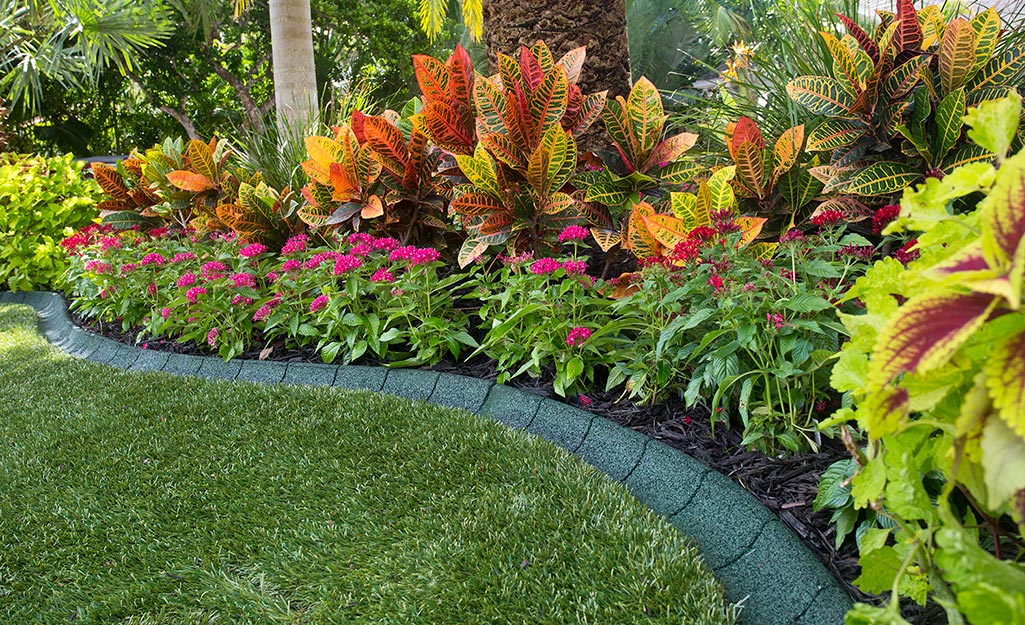
A wavy flower bed encircling a tree is a beautiful way to make use of shaded garden areas. Outline a soft, uneven circle around the base of the tree and plant shade-lovers like ferns, impatiens, and heuchera. The flowing shape contrasts nicely with the strong vertical line of the tree and brings softness to the surrounding space. Add some mulch or groundcover for a polished look and easy upkeep.
13. Compact Wavy Bed for Small Yards
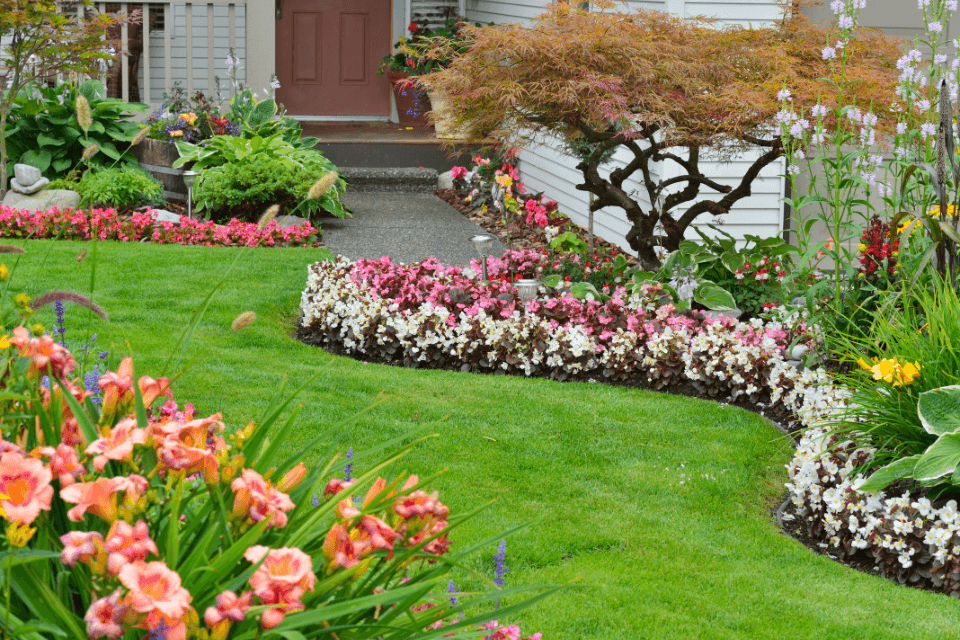
Even tiny gardens can benefit from the elegance of wavy flower beds. In a small yard, a compact wavy border can define space and create visual interest without overwhelming it. Choose dwarf varieties of flowers like mini roses, violas, and low-growing sedum. The curved edges help break up straight lines of fences or walls and make the space feel more expansive and organic.
14. Wavy Flower Bed with Lighting Accents
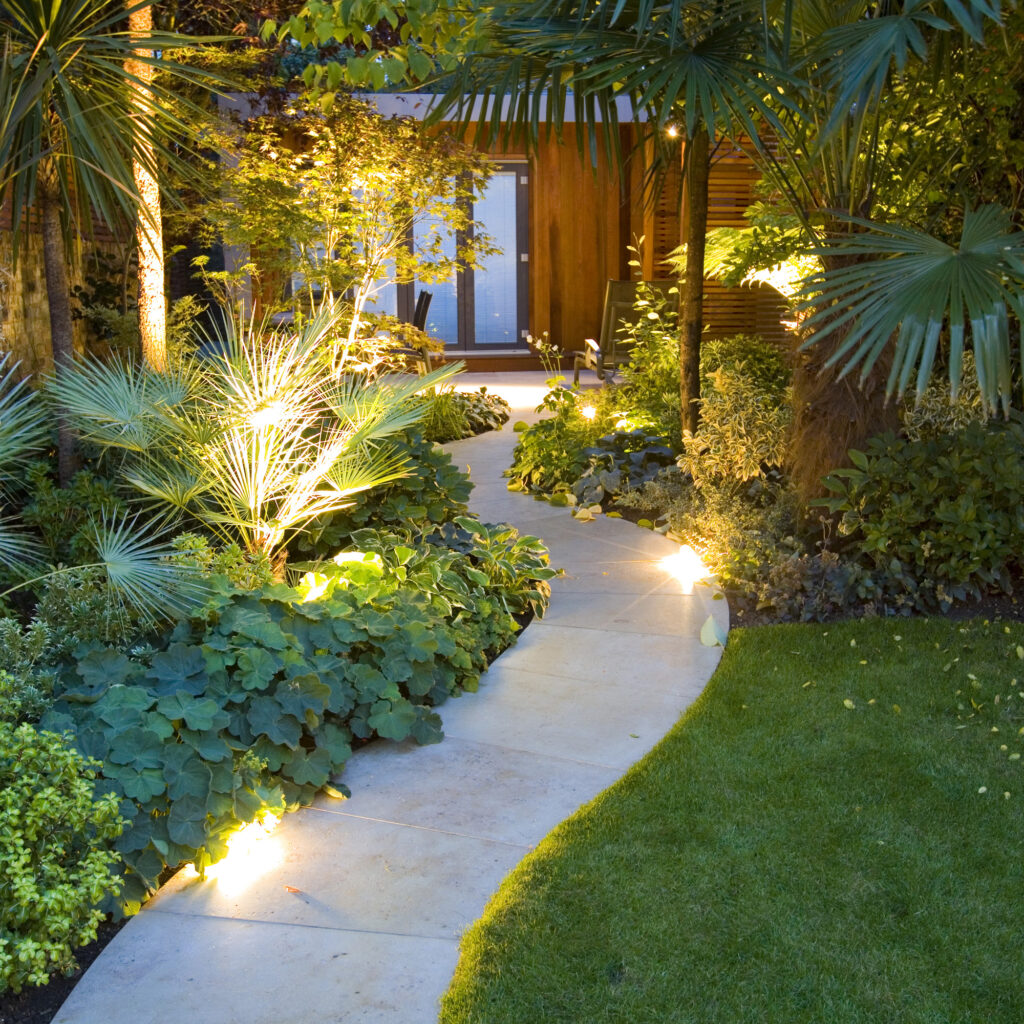
Take your wavy garden design into the evening with the addition of landscape lighting. Use soft path lights or solar spotlights to trace the contours of the bed and highlight key plants. The curves will glow in the evening, adding ambiance and depth to your outdoor space. This setup turns your garden into a nighttime oasis and emphasizes your creative layout even after the sun goes down.
15. Butterfly Garden with Wavy Lines

Design your wavy flower bed to attract pollinators by filling it with nectar-rich plants like milkweed, butterfly bush, and lavender. The curving lines offer a natural flight path for butterflies and bees, creating a lively and interactive garden experience. Position this bed where you can enjoy the activity near a seating area or kitchen window. You’ll not only get a dynamic shape but also a thriving ecosystem.

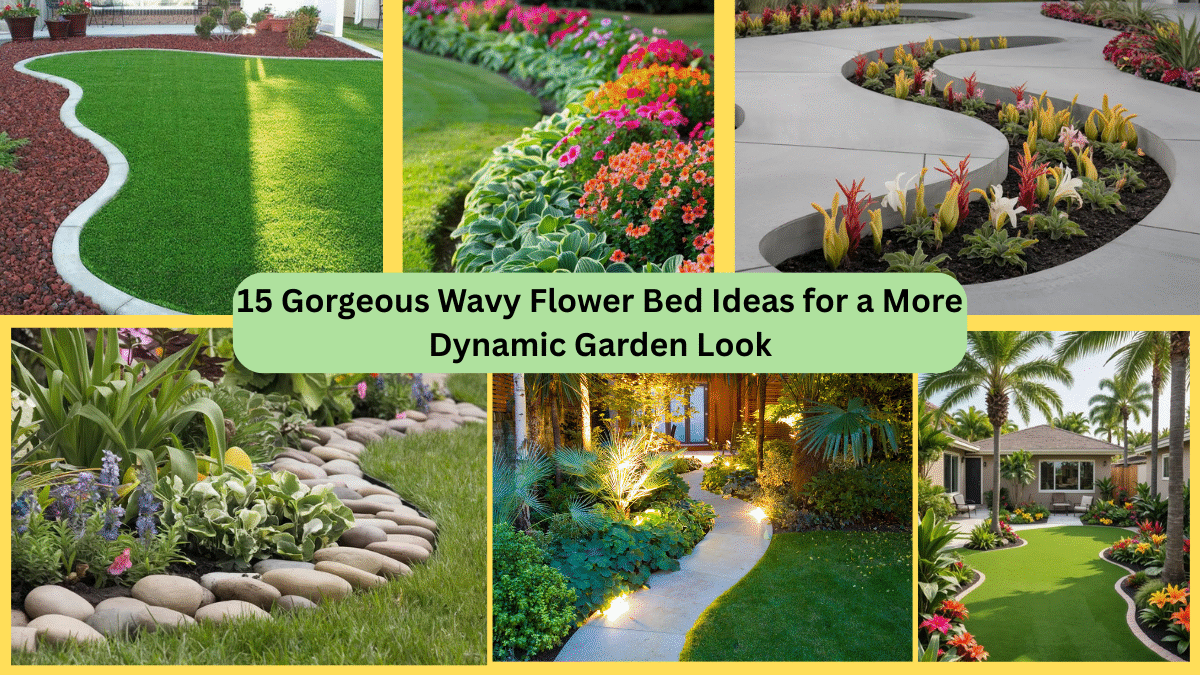
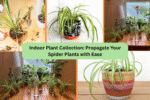


Leave A Comment